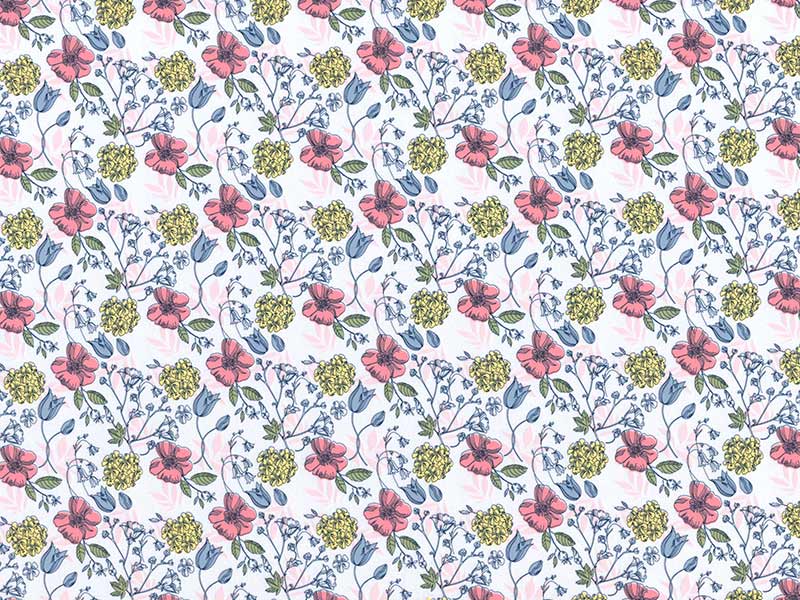Dongguan Caiyide New Material Co., Ltd. specializes in the production of three-dimensional curved surface coating film (water transfer film) and the design and development of new version graphics!
Mobile Website No Public
No Public Applets
Applets
Dongguan Caiyide New Material Co., Ltd. specializes in the production of three-dimensional curved surface coating film (water transfer film) and the design and development of new version graphics!
Mobile Website No Public
No Public Applets
Applets
Everyone is searching:Thermal transfer effect、Water transfer film paper、Marble water transfer film、Wood grain water transfer film、Camouflage water transfer
Water transfer technologyWater transfer adopts the principle of "from light to dark" for leather screen printing. No matter how light or bright color ink is prepared, when the hue is close to the sample, it should be Be careful. Ink produced by different manufacturers, it is best not to mix and call pvc printing. Points to pay attention to when the ink for water transfer screen printing is toned:

a. The ink of different colors should be added as little as possible when mixing inks for water transfer screen printing. The fewer types of color inks, the better the mixing effect.
b. Water transfer printing adopts the principle of "from light to dark" leather screen printing, no matter the preparation of light or bright color ink, when the hue is close to the sample, be careful. For inks produced by different manufacturers, it is best not to mix and call pvc printing, and try to use inks of different colors from the same manufacturer for color matching. Otherwise, uneven color tone will occur, and in severe cases, condensation will occur and the ink will be scrapped.
c. Some water transfer screen printing inks are screen printed by drying. The light color is lighter than the undried one after drying, and the dark color is darker after drying. In addition, whether the color tone of the water transfer ink is different before and after drying during printing is a problem that is easy to ignore. Generally speaking, through natural drying (solvent volatile ink), the water transfer substrate is plastic, metal, paper, glass, etc., and the color will not change; Color is only developed, and color can only be adjusted by experience. For screen printing inks dried by heat curing and light curing, the color changes in shades, as mentioned above. When the amount of ink adjustment is large, you can use the ink mixing machine, which can complete the color adjustment in a short time.
Water transfer original ink colors are mixed in different proportions, and many colors of ink can be prepared.
The preparation of light-colored inks for water transfer printing is generally based on white ink for pvc printing, and appropriate color inks are used. Such as light blue, mainly white ink, slightly added blue (cyan); light red, mainly white ink, slightly increased red; gray, mainly white ink, slightly black; silver gray, mainly white ink, slightly Add silver paste and a small amount of black ink. When preparing light-colored screen printing ink (printing material), it is necessary to add as little white ink for silk screen printing as possible, because white ink has high activity, and it is easy to cause discoloration of other colors.
Water transfer screen printing workers must do the following to adjust the ink:
a. Understand the various specifications and properties of inks; make the prepared inks suitable for production needs.
b. Master the basic knowledge of color science and use it freely in ink mixing.
c. Analyze the color and process technology of water transfer printing, find out the color sequence of multiple sets of colors, so as to avoid the wrong color sequence, the miscibility of the two colors, and the color change.
d. When adjusting ink, pay attention to the brightness of the ink color. It is required to use the original color as much as possible to adjust the brightness. Otherwise, the adjusted ink will be "grey" and the original color brightness will be reduced.
Adjustment of ink printability.
Water transfer printing ink usually leaves the factory, its viscosity is slightly higher, the user should be based on the characteristics of the printed image, screen mesh, printing speed, workshop temperature, surface tension and ink absorption performance of the water transfer substrate. Use appropriate solvents, diluents, surfactants and viscosity reducers to comprehensively adjust the viscosity, surface tension, fluidity and drying speed of the ink.
For example, when printing fine lines and dots, the fluidity of the ink should be slightly smaller, and the drying speed may be slightly slower; during coarse screen printing, the viscosity should be slightly larger, and the drying speed may be slightly faster; during high-speed printing, the fluidity should be slightly lower. If the temperature is high, the drying speed can be slightly faster; when the workshop temperature is high, the drying should be slightly slower and the viscosity is slightly larger.